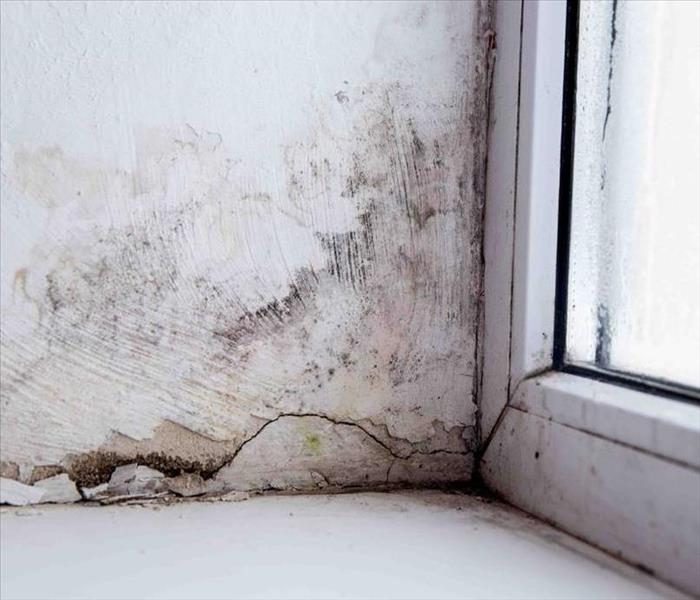A Layperson's Guide to Types of Mold Growth Found in Homes
3/24/2022 (Permalink)
Discovering mold growth in your home is a disturbing situation. Besides its funky smell and appearance, mold can cause costly damage that needs repair. If you're lucky, you will never have to deal with any of the following types of spores known to infest residential quarters. If one of them does, a mold remediation specialist can help you get rid of it.
What Are Reasons You Should Hire a Professional To Get Rid of Mold Growth?
Hiring a professional provides you with:
- Rapid response
- Safety assurance
- Easier insurance claims
Have a specialist complete the cleanup process for superior results.
What Is Stachybotyrus Chartarum?
More commonly known as black mold, this fungal invader is notorious. It creates toxic compounds known as mycotoxins. Because of this, homeowners must act quickly to eliminate it and preserve their family's safety. You can find it haunting locales such as ducts and air conditioning pipes. Its distinct, musty odor is a solid giveaway.
What Is Penicillium?
Particular variants of this mold species play a vital role in creating antibiotics and cheese. The kind that's inside your insulation and furniture is less helpful. Its ability to spread rapidly makes it especially pernicious.
What Is Alternaria?
This type of mold spawns both inside and outside. Because it often appears in damp areas, you may find it lurking in the shower or sink. The difficulty of repairing water damage gets compounded when this fungal variant appears.
What Is Aureobasidium?
Be on the lookout for spotty black and pink growths. If you spy any, you probably have aureobasidium. It often attaches to wooden furniture, but it can also be found on walls, whether painted or wallpapered.
What Is Fusarium?
Cold, wet areas are ideal breeding grounds for this type of mold. Keep your eyes peeled for it when colder conditions take hold in Bath, NC. You can find it living within carpets and other types of fabrics.
What Is Cladosporium?
High humidity can contribute to this form of mold, which loves to spread in warm areas as much as cold ones. Look for it inside wooden cabinets, within rugs, and underneath floorboards.
What Is Aspergillus?
Here's another class of indoor mold that requires caution. Anyone within its vicinity should wear a respirator to prevent the possibility of inhaling spores.
What Is Serpula Lacrymans?
Does the mold in your home have a yellow hue? If so, you may have this type. Most commonly, it flourishes outside. That said, it also attaches to wooden surfaces indoors. As it progresses, so does dry rot, which often requires extensive renovations.
What Is Ulocladium?
Homes that have experienced flooding are especially susceptible to this category of mold. Ulocladium grows both on the insides and outsides of buildings. It has a nasty way of attacking floors and walls that makes cleansing efforts particularly cumbersome.
No matter what class of fungal assailant presents itself within your home, destroy it posthaste. Failure to handle the issue with urgency allows it to spread, subsequently compounding the matter and increasing clean-up costs. Start by figuring out what classification of mold growth has taken over your abode. This chunk of information will help cleaners approach the sterilization process with maximum efficiency and effectiveness.






 24/7 Emergency Service
24/7 Emergency Service
